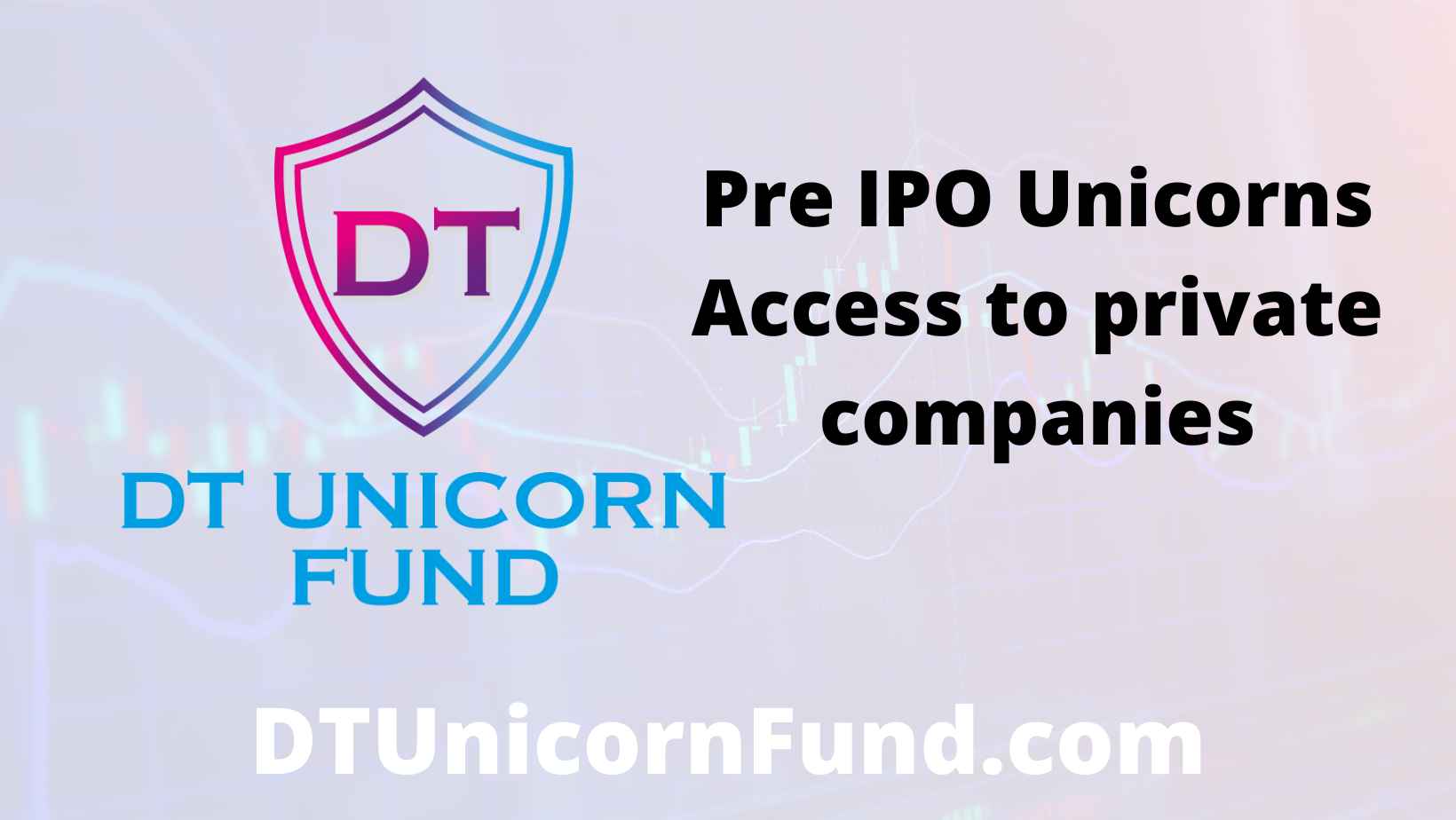At this point in 2022 there is no question that we are in an investment downturn. Venture funding clearly declined in the second quarter with amounts down by around 25% and deal counts also trending downward.
Search less. Close more.
Grow your revenue with all-in-one prospecting solutions powered by the leader in private-company data.
But what does this look like for the most active venture investors or the firms that raised large funds in recent years? We looked closer at how these players—40 specifically—are investing in this environment.
It turns out they haven’t slowed down by much.
Not slowing down
In the first half of 2022, this cohort of 40 firms invested actively in new portfolio companies on par with 2021.
And in 2021, these 40 firms had upped their pace by more than 50% year over year compared to 2020.
Looking beyond portfolio companies
Follow on fundings, or investing in existing portfolio companies, for this group of investors is down compared to 2021. We also find the proportion of investments in new portfolio companies compared to follow on in the first half of 2022 was higher at 55%, compared to 50% in the first half of 2021.
This might seem counterintuitive as investors in a crisis focus on the health of their portfolio companies.
However, many companies raised significant funding in the 2021 runup. Provided they have not exhausted their funding, portfolio companies might be better placed to ride out this more stringent funding environment and can afford to delay raising funding beyond 2022.
And in 2021, portfolio companies raised funding in an environment that doubled year over year. Investors with deep pockets had more opportunities to invest in their current portfolio.
Activity by stage
Overall dollar amounts invested came down for this cohort, in line with market trends. This is a function of investing more actively at seed and Series A.
Round sizes at Series A have not come down for this cohort. Averages are the same and the median is up for this group in the first half of 2022 compared to the same timeframe in 2021.
For Series C stage investments and later, averages were down with fewer fundings above the $100 million mark.
Differences from 2008
For the 40 most active global venture investors during the 2008 financial crisis, the patterns of behavior do not mirror the 2022 slowdown.
New investments for the most active investors slowed in 2009 compared to 2008, the year after Lehman Brothers collapsed. Follow-on funding also slowed year over year, but less so.
In the 2008 financial crisis, investors focused on their portfolio companies and what it would take to get through to the other side. There were concerns this could be similar to the 2000 wipeout of the public technology stocks. And with the collapse of the financial markets, limited partners who invested in funds might not be able to honor their commitments, which would lead to a drying up of capital.
This time around, far from slowing down, the most active venture capital investors are maintaining a brisk investment pace in new portfolio companies on par with 2021 and far exceeding 2020.
Methodology
Data for this analysis is as of July 28, 2022.
For this analysis we include the most active venture investors through the years included in each chart. We exclude private equity who tend to invest at the later stages and in a greater proportion of new startups per quarter. We also exclude smaller seed funds that do not have sufficient fund sizes to continue to invest in subsequent fundings.
- We focus here on multistage and larger early-stage funds from 2018 to H1 2022. We exclude private equity which tends to invest at the later stages and in a greater proportion of new startups per quarter. We also exclude accelerator and seed funds that are smaller and do not have funds to continue to invest in subsequent fundings.
- We focus here on multistage and larger early-stage funds active from 2007 to 2012. We exclude private equity, which tends to invest at the later stages and in a greater proportion of new startups per quarter. We also exclude accelerator and seed funds that are smaller and do not have funds to continue to invest in subsequent fundings.

No responses yet